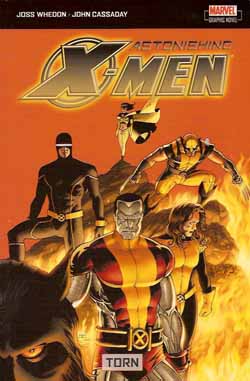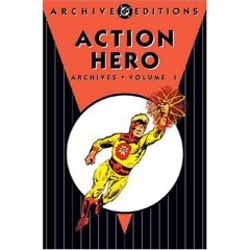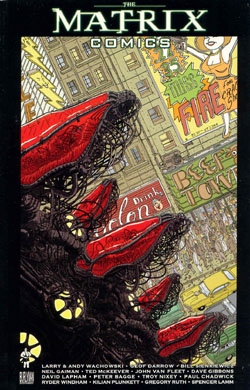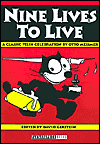
By Frank Hampson & Don Harley (Titan Books)
ISBN 10: 1-84576-413-7 ISBN 13: 9781845764135
This volume of the stupendous saga of Britain’s greatest hero concludes the epic interplanetary adventure begun in The Man From Nowhere (ISBN: 1-84576-412-9), wherein Dan and a select crew journeyed to another solar system with Lero, an alien from the fantastic and beleaguered planet Cryptos. After a truly Herculean voyage Dan, Lex O’Malley and Digby have finally landed on the strange new world, but young cadet Flamer Spry has been lost!
The alien’s mission to Earth was to secure aid as Cryptos was menaced by the warlike Phants, inhabitants of the sister-world Phantos who invade and destroy Cryptosian civilisation every 10,000 years. But the mission is too late – the aggressors have already launched their attack!
What follows is a simply astounding war story as Dan and crew overcome insurmountable odds on two worlds to save a peaceful civilisation and end the cyclical threat of the awesome Phants.
Accessing the remembrances and tone of Britain’s recent “Spirit of the Blitzâ€, Hampson and co-writer Allan Stranks wove a colossal tale of triumph over adversity that was breathtaking in its scope. Children’s comics had simply never been this exciting, complex or compelling. And his art, with assistance from Don Harley, Eric Eden and Joan Porter set standards in graphic illustration that have never been equalled, let alone bettered.
Rogue Planet ran from 2nd December 1955 to 15th February 1957, in weekly two page instalments that electrified the children of Britain. It marked the beginning of a period of creativity that made Dan Dare a household name. These books are everything that the 1950s aspired to, and they still have all that power, quality and aspirational intensity today. Living in the future as we do, we can feel nothing but cheated that it is not how Hampson depicted it.
This volume also includes fascinating background, lavishly illustrated, on Frank Hampson’s lost classic The Road of Courage (ISBN: 90-6332-801-X) including details on the artist’s research trip to the Holy Lands.
© 2007 Dan Dare Corporation Ltd. All Rights Reserved.





 Â
 
 Â
  Â
 